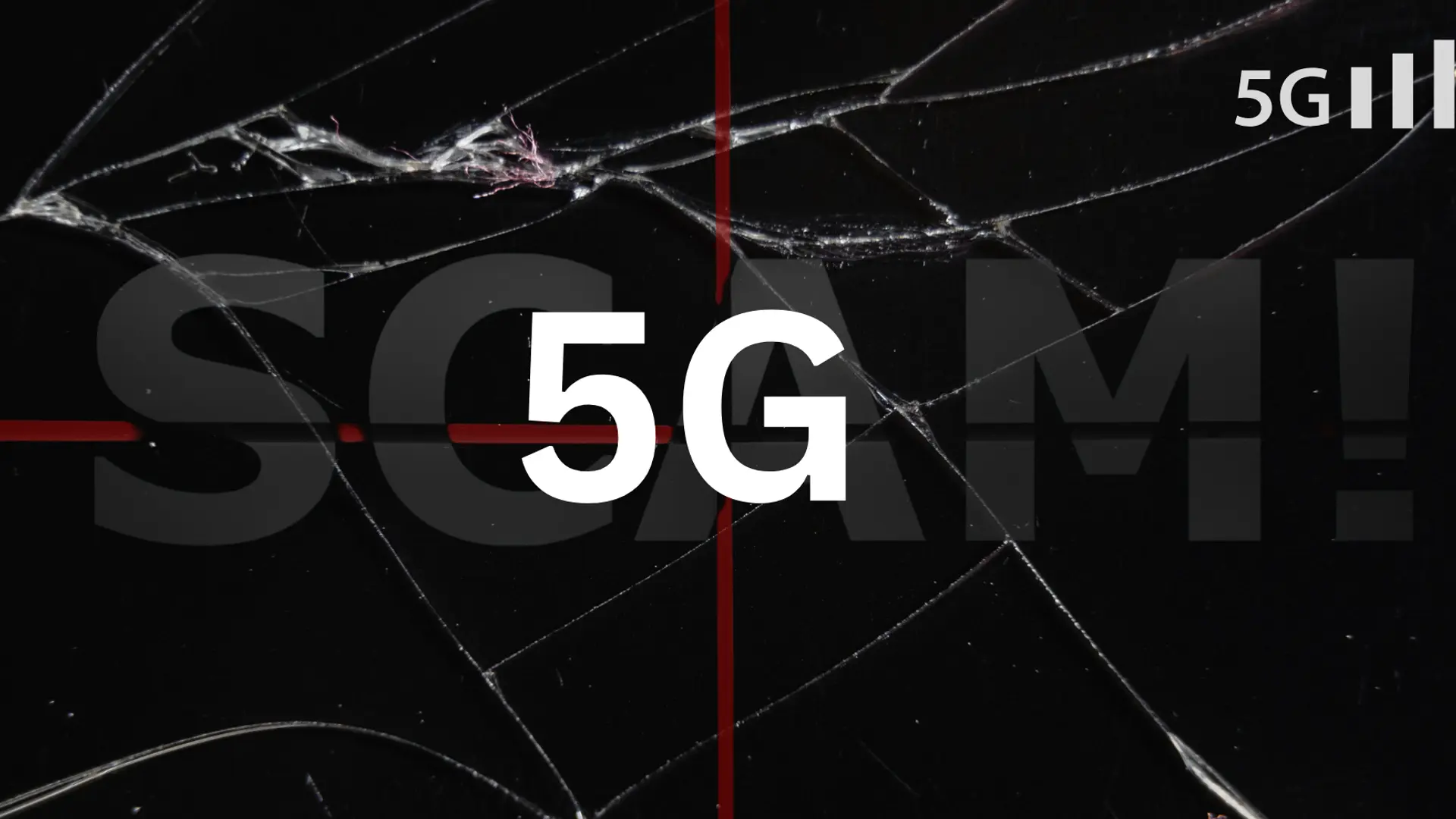Why SpaceX’s Mechazilla Catch is One of Humanity’s Greatest Space Achievements
SpaceX has achieved a historic engineering marvel by catching its Starship booster mid-air with 'Mechazilla.' This leap forward in rocket reusability significantly cuts down refurbishment time and brings SpaceX closer to its goal of interplanetary missions.
SpaceX has once again rewritten the rules of space exploration with its latest engineering feat—using "Mechazilla" to catch a Super Heavy booster mid-air during its Starship Flight 5 on October 13, 2024. This unprecedented achievement is a game changer for space technology, significantly advancing the company’s goals of reusability and cost-efficient space travel.
What is Mechazilla?
"Mechazilla" is a nickname given to the towering mechanical arms attached to SpaceX's launch tower, designed to catch the first-stage booster of the Starship rocket mid-air, thus avoiding a splashdown at sea or a hard landing on the ground. This technology not only saves the booster from damage but also cuts down the time needed to refurbish it, speeding up the reuse process. Elon Musk, the founder of SpaceX, has championed the concept of making rockets reusable, a major step in reducing the cost of space missions.
The Historic Booster Catch
The mission launched from SpaceX’s Starbase in Boca Chica, Texas, at 7:25 AM local time. After separation from the Starship upper stage at an altitude of 65 kilometers, the Super Heavy booster began its descent back to the launch site. As it re-entered the atmosphere, the booster reignited three Raptor engines to slow its descent and guide it toward Mechazilla's catch area.
As the rocket approached, the "chopstick" arms of Mechazilla—precisely controlled by engineers—grabbed the massive booster and safely secured it back on the launch tower. The excitement of the event was palpable, with SpaceX’s livestream showing the moment the booster was caught, followed by Musk’s celebratory post: “The tower has caught the rocket!!”
Engineering Marvel: Why is This Important?
This achievement is not just a technical victory but also an essential leap toward the future of space travel. SpaceX has long aimed to make Starship fully reusable, cutting down the cost and turnaround time of launches. With Mechazilla successfully executing its mission, SpaceX moves closer to the goal of rapid reuse, which could slash preparation time between launches from months to days.
This will allow SpaceX to launch more frequently and cost-effectively, aligning with Musk’s ambitious plans for interplanetary missions, including Mars colonisation.
The Super Heavy booster, part of the Starship system, is one of the most powerful rockets ever built. Standing 397 feet tall when fully stacked with Starship, this rocket is designed to transport massive payloads to space, enabling large-scale missions to the Moon, Mars, and beyond. NASA has already selected Starship to be the first crewed lunar lander for the Artemis program, further cementing the importance of this technology.
A Path to the Future of Space Travel
SpaceX’s innovation with Mechazilla reflects a new era of space exploration, where rapid reusability of rockets will become the standard. In previous launches, rockets either landed on drone ships at sea or splashed down in the ocean, both of which required extensive recovery and refurbishment. Mechazilla bypasses this by catching the rocket directly at the launch pad, making it ready for inspection and refit far quicker.
This not only reduces costs but could also have broader implications for future space missions. As Musk continues his vision of making humanity a multi-planetary species, technology like Mechazilla will be crucial in facilitating frequent trips to the Moon, Mars, and beyond.
What’s Next for SpaceX?
With the success of Mechazilla, SpaceX will focus on perfecting the entire Starship system for full-scale missions. The Starship's upper stage, which successfully splashed down in the Indian Ocean during this flight, will undergo further testing to improve its heat shield and landing capabilities.
SpaceX’s long-term plans include using Starship for missions to Mars, with the goal of sending the first crewed mission within this decade. The company is also targeting Starship for cargo deliveries to space, satellite deployments, and even intercontinental travel on Earth. With Mechazilla operational, these goals seem more achievable than ever.
The successful mid-air catch of the Super Heavy booster is a landmark in aerospace engineering and an essential step forward for SpaceX. Mechazilla represents a critical innovation, allowing faster turnaround times for rocket launches and driving down costs, making space more accessible. This achievement sets the stage for the next era of space exploration, where reusable rockets will pave the way for ambitious missions to the Moon, Mars, and beyond.
SpaceX has once again demonstrated why it leads the world in space innovation, and Mechazilla will likely be a cornerstone of that legacy for years to come.







